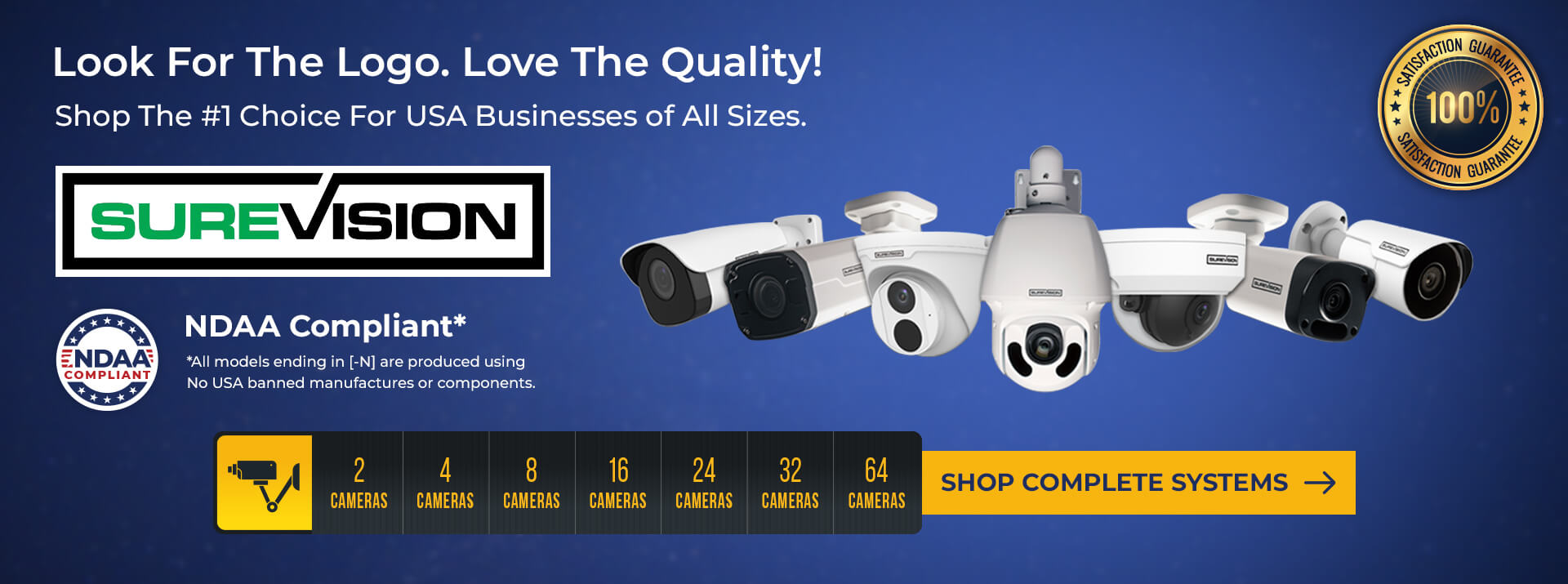Security Camera Systems for Your Business: A Measure to Mitigate Risks and Reduce Costs
May 29, 2024
Security Camera Systems for Your Business: A Strategic Measure to Mitigate Risks and Reduce Costs
Introduction
In today’s business environment, security is not just a concern; it's a vital investment. Security camera systems are cornerstone elements in safeguarding businesses from multiple threats, including slip and falls, theft, and internal conflicts. Additionally, these systems play a crucial role in lowering insurance costs, making them a strategic financial choice as well.
Understanding Security Camera Systems
Security camera systems, essentially, are networks of connected cameras designed to monitor and record activities within a designated area. These systems range from basic video surveillance to advanced setups incorporating features like motion sensors, infrared vision, and real-time alerting.
Types of Security Cameras
- Dome Cameras: Typically ceiling-mounted and discreet, dome cameras are ideal for indoor surveillance.
- Bullet Cameras: Characterized by a longer range, bullet cameras suitable for viewing large areas like parking lots.
- PTZ Pan Tilt & Zoom Cameras: Offering remote directional and zoom control, perfect for monitoring expansive areas.
Protection Against Slip and Falls
Security cameras help in identifying potentially hazardous zones where slips and falls could occur. Not only do they allow for immediate action to rectify such dangers, but video footage is invaluable in defending against liability claims during lawsuits.
Mitigating Theft
Business theft can manifest as shoplifting, burglary, or even internal theft by employees. Security cameras act as a significant deterrent; their presence makes the crime riskier and hence less appealing. Moreover, recorded footage is crucial for law enforcement to investigate and resolve theft cases.
Managing Conflict
In workplace environments, conflict between employees or with customers can escalate quickly. Security footage provides a neutral, unbiased account of events, essential for resolving disputes justly and rapidly.
Reducing Insurance Costs
Insurance companies often provide reduced premiums to businesses that take proactive steps to minimize risk, including installing security camera systems. This reduction in premiums can substantially offset the initial cost of camera installation.
Improving Business Operations
Beyond security, camera systems offer insights into day-to-day operations that can lead to significant improvements. Analyzing footage helps identify bottlenecks in customer service and can be used to enhance staff training programs.
Legal Considerations
While implementing security cameras, businesses must navigate privacy issues and adhere to legal standards, which vary by location. Transparency with employees and customers about surveillance practices is crucial for compliance.
Technological Advances in Security Cameras
Modern security cameras incorporate sophisticated technologies such as artificial intelligence for recognizing faces or unusual behaviors. These advancements enhance security capabilities far beyond simple video recording.
Selection Criteria for Security Cameras
Selecting the right camera system involves understanding specific business needs, the layout of the premises, and the particular threats faced by the business. Opt for systems that offer high-resolution footage, ample storage, and remote access features.
Installation Tips
While some smaller systems are manageable as DIY projects, for comprehensive coverage, installation is recommended to ensure optimal functionality of each component. We provide both security camera videos and quick start guides to make the installation process simple and easy. We also offer professional installation when and if needed.
Maintenance and Upkeep
Regular maintenance ensures that camera systems continue to function correctly and efficiently. Schedule routine checks and address moisture, dust, or wiring issues promptly.
Integration With Other Security Measures
For maximum effectiveness, integrate cameras with other security measures such as alarm systems and electronic access controls. This multi-layered approach significantly strengthens overall security.
Future Trends in Business Surveillance
Security technologies will increasingly utilize hard drive and cloud storage, deeper AI integration, and more autonomous surveillance systems. Businesses should stay informed of these trends to maintain a robust security posture.
Conclusion
Investing in a security camera system is not merely about installing technology but about strategically safeguarding business assets, ensuring workplace safety, and enhancing operational decisions. With the right setup, the benefits far outweigh the costs, making it a prudent choice in the modern business landscape.




